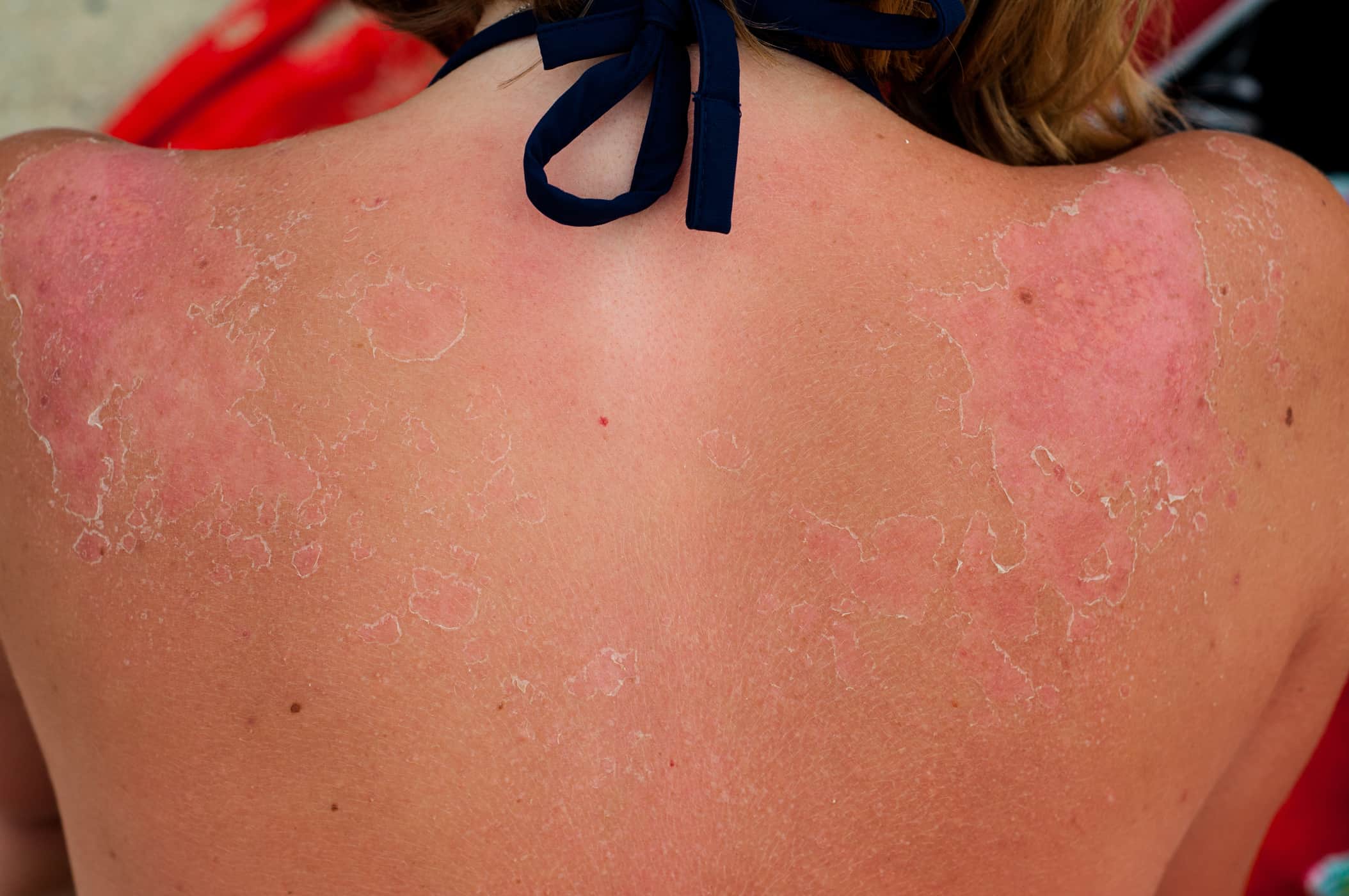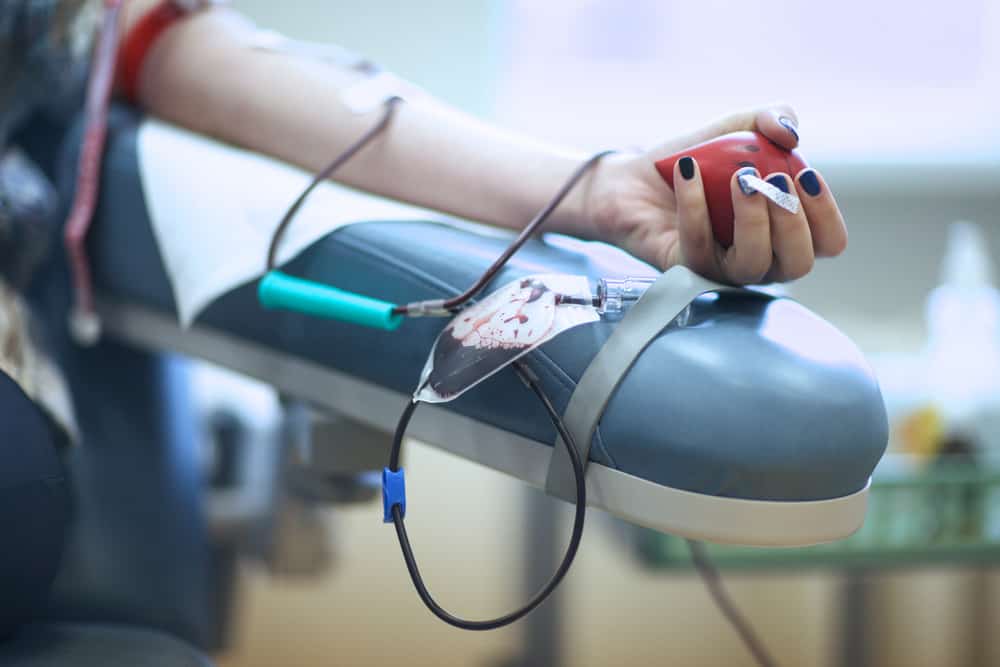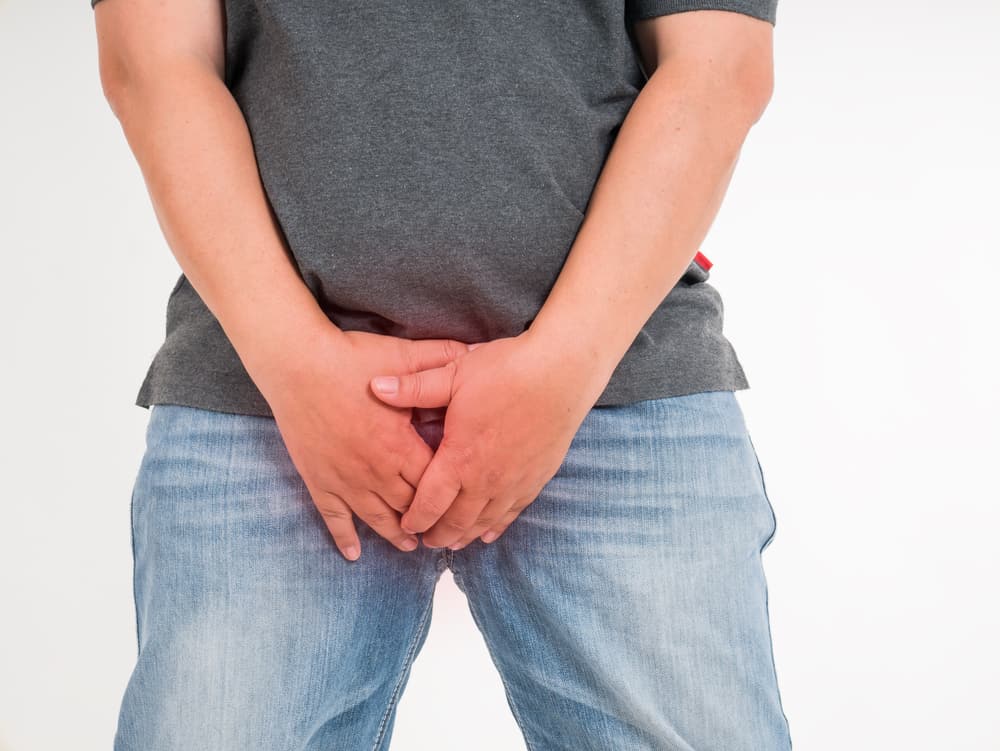Contents:
Medical Video: First Aid in Choking
- Definition
Is that choking?
Choking is coughing up a restrained seizure, such as choking, caused by the entry of solid objects or fluid into the vocal cords or into the airways. Usually children choke on drinking, and the fluids they drink go down the wrong way. Choking can also occur after vomiting.
What are the signs and symptoms?
Signs and symptoms include: children cannot breathe, cry, or talk. Your child is in a state of panic, and if anything that blocks their breathing is not immediately released in 1 or 2 minutes, your child can faint and even die.
- How to handle
What should I do?
Forced to cough: As long as your child is still breathing and can still cough, encourage him to continue coughing until anything that makes him choke comes out of his mouth. Assure him that the object will come out. The main purpose of your child's coughing reflex is to clear his throat. Don't offer drinks to your child unless he chokes on something dry and scaly. Generally, fluids only make matters worse because it makes it difficult for the air to flow out.
If breathing stops (children over 1 year):
If the child cannot breathe, cough, or make a sound, do a Heimlich maneuver. Hug the child from behind, just below the ribs to the top of the navel. Make a fist with one hand and fold the other side over it. Make a sudden jerk up and back (at a 45 degree angle) to try to push all the air out of the chest and remove the object from the throat. Repeat this movement pushing the abdomen up 10 times in a fast rhythm, until the object comes out.
If the child is too heavy for you, lay your child on his back on the floor. Place your hands on both sides of the abdomen, just below the rib cage, and apply sudden pressure to the top.
If breathing stops (children under 1 year):
- Try giving a hard pat on your back and pressing your chest
- Sit your child on your knees or on your arms, at 60 degrees and head down
- Try giving 5 hard pats in a fast rhythm with your hands in the area between the shoulder blades
- If the breathing has not returned, lay the child on the floor and give 5 chest pressure quickly on the lower third of the breastbone (sternum) using 2 fingers. Give alternating punches on the back and push the chest until the object comes out. Avoid pushing the stomach and try the Heimlich maneuver in children under 1 because of the risk of injuring the liver or spleen
When do I have to see a doctor?
Immediately call the emergency number or run to the hospital if the child is choking on solid objects. In general, choking on liquids is usually temporary and harmless. For cases of liquid choking, immediately rush to the hospital if your child turns blue, limp, or fainted.
- Prevention
Choking can be dangerous for your child, so try to prevent this from happening Choking on food can lead to death, the amount is equivalent to the death of children who are poisoned by food.
Foods that may be sucked into the lungs are nuts of any type, sunflower seeds, orange seeds, cherry seeds, watermelon seeds, gum, hard candy, popcorn, raw carrots, raw peas, and raw celery. Hard foods should not be given to children under the age of 4 because molars are needed to chew these foods and children under 4 years old do not have molars. In addition, teach them to remove food that is too hard to chew so they don't swallow it.
Soft foods that most often cause choking are hot dogs, sausages, large chunks of any meat, wine, and chewy candy (especially if the child is in a hurry). These soft foods must be chopped before serving.
Warn their babysitter and sister not to share the food with young children.
Teach your child to chew food thoroughly before swallowing. Don't let your child put too much food into their mouth. Teach them to eat a little and slowly.
Choking balloon rubber is the main cause of death from objects other than those caused by food. Most of these incidents occur when children chew a flat balloon and suddenly swallow it. Warn your child not to chew or suck on a rubber balloon. Even in one case there were teenagers who died from an accident chewing the rubber balloon. The use of rubber balloons must be supervised by parents.
Don't give toys that are easily broken down in small children. Usually within 5 minutes you will find the part that is missing in their mouth (if you are lucky they did not swallow it).
Periodically, check your child's environment for small objects (less than 2 cm in diameter) that can make your child choke.
Also remind other people not to play or do physical activities such as exercising while chewing gum.











